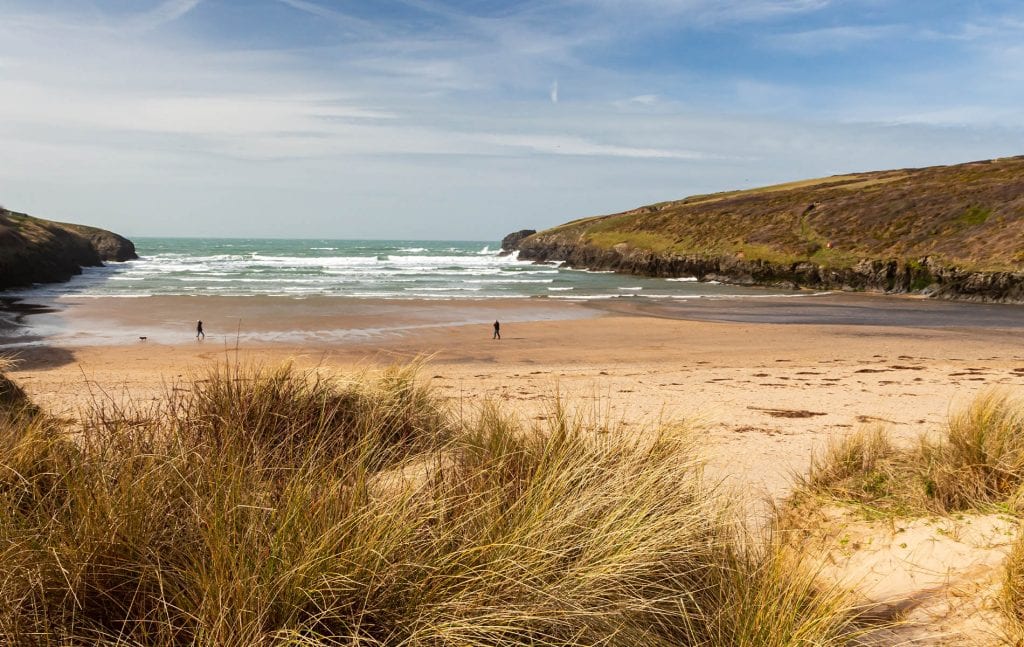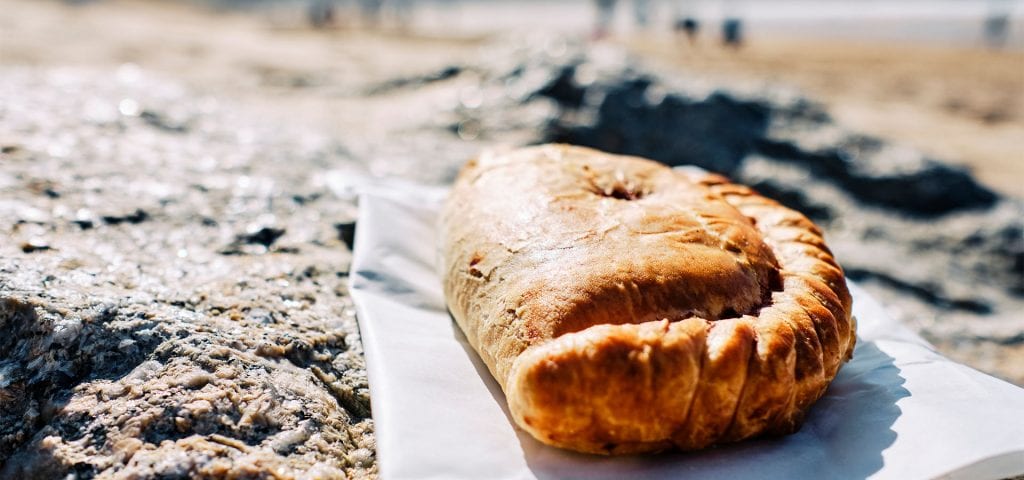Many people believe that destination branding is a modern marketing phenomenon, and few realise that one of the earliest examples was the creation of the Cornish Riviera destination brand in 1904 by the Great Western Railway (GWR). Infact, as early as the 1880s, the GWR had worked with local authorities and businesses to ensure its interests were fully represented in the embryonic tourism industry developing in the far south west of England.
As well as promoting Cornwall, they also engaged in cooperative working, sharing market intelligence, exchanging best practice ideas, coordinating advertising efforts to eliminate wastage and duplication, and developed key promotional messages to attract tourists, especially the increasing numbers of high-spending middle-class visitors.
At the time, Cornwall was still like a foreign country for well-to-do travelling classes who were more familiar with Paris and France than large swathes of Britain. But the GWR persevered, and soon the wealthier public became increasingly keen on using the well-developed British railway system for travel purposes.
They introduced a dedicated, fast, steam hauled express train from London Paddington to Penzance, known as the Cornish Riviera Express in 1904. Taking seven hours, this was the first example of where a named train service was wrapped into the destination brand itself. The service still runs, the train leaving Paddington around 10am and arriving in Penzance just over 5 hours later.
Between the wars the Southern Railway joined the destination marketing battle and introduced the Atlantic Coast Express which started at London Waterloo station before heading towards the beaches and cliffs of north Cornwall. This is the route that the inspired the writings of Sir John Betjeman, in time becoming known as ‘Betjemanland’ as the future Poet Laurette made regular journeys to the Camel Estuary, Padstow and Daymer Bay.
Cornwall became the rail destination gem, with the rail companies actively developing small Cornish towns into thriving seaside resorts in the early years of the 20th century. Not only did they bring the passengers down, but they also built the hotels for them to stay in, such as the Tregenna Hotel in St. Ives and The Metropole in Padstow (now the Harbour Hotel). Later they would convert redundant carriages into camp coaches which were placed at seaside stations such as Marazion near Penzance and hired to holidaymakers who arrived by train. You can still stay in an old carriage at St Germans, where the multi-award winning Railholiday have four to choose from.
With new sleeper trains and more frequent journey times, travelling to Cornwall by train is still a great way to take a holiday. The smaller branch lines provide great days out to the coast and by booking tickets in advance you can grab some great bargains. But don’t take our word for it, try it yourselves!
For more information about the role the railways played in developing tourism across the UK, read ‘Luxury Railway Travel’ by Martin Pring, who helped in the creation of this blog.


